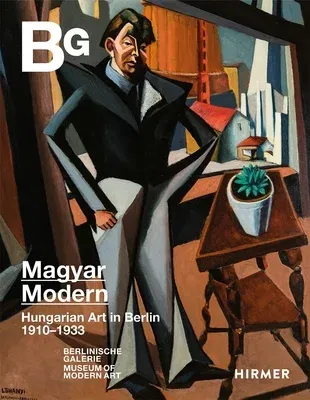A fascinating look at the artistic exchange between Hungarian and
German artists during the Weimar Republic.
The city of Berlin has played a very special role in the history of
Hungarian art and culture. Even before the First World War, the
expanding metropolis provided artists with a stage for exhibitions in
which they could present themselves within an international context.
After the end of the political reshaping of Hungary through the
Hungarian Soviet Republic and the victory of reactionary forces,
cosmopolitan Berlin became a place of creative freedom for Hungarian
artists in exile. The result was a display of artistic fireworks that
can now be explored in texts and images.
Magyar Modern presents an overview of the Hungarian artists working on
the banks of the Spree during the Weimar Republic, the contributions
they made to the German avant-garde, and the cultural links that
withered when the Nazis came to power. Commemorating an exhibit
presented by the Berlinishe Galerie and the Hungarian National Gallery,
this catalog features works by Éva Besnyo, Mihály Biró, Brassaï, Lajos
d'Ébneth, Béla Kádár, Judit Kárász, Lajos Kassák, György Kepes, László
Moholy-Nagy, Martin Munkácsi, Gyula Pap, László Péri, Bertalan PórLajos
Tihanyi, Andor Weininger, and more.

